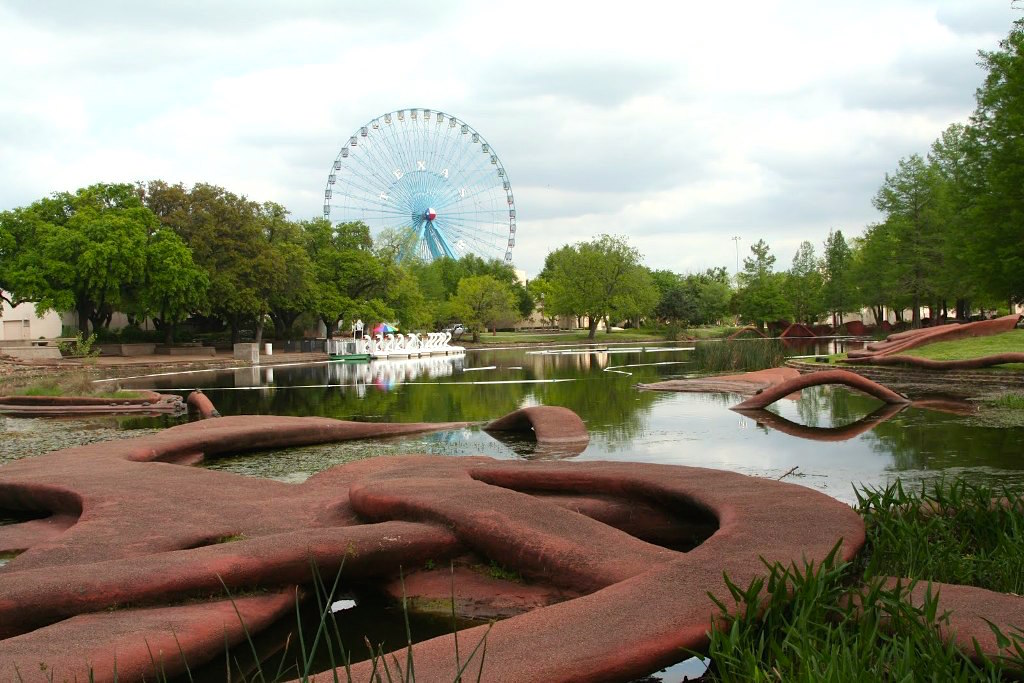
Evidence continues to accumulate that parks contribute to greater public health, but for whom? One new report demonstrates that younger men are most likely to utilize parks, suggesting their design, programming and marketing may limit use by seniors, adults, female youth and residents of high-poverty neighborhoods.
Fewer than half of Americans meet the national recommendations for 60 minutes a day for youth and 150 minutes a week for adults of moderate to vigorous physical activity. According to a report released Wednesday by the California-headquartered think tank RAND Corporation, access to parks can encourage greater activity — with some physicians even prescribing park visits to patients — so long as the spaces receive adequate investment and are designed to optimize physical activity for all age groups, genders and incomes. Among the 100 largest U.S. cities, the average annual per capita expenditure for parks in 2013 was $73, compared to $9,146 per capita expenditure on healthcare.
By conducting a national observational study of 174 parks in 25 U.S. cities with a population of 100,000 or more, the authors identified the popularity of park facility types and which populations were most likely to utilize them.
Lawns were the most common park facility in the sample, with 97 percent of parks observed containing one. Play areas, basketball courts and baseball fields followed in popularity — nearly half of all parks contained one of the latter two. The park facility that generated the most moderate to vigorous physical activity hours among seniors and adults, however, was the walking loop. Nine percent of users were seniors, compared to 4 percent in other park areas. A third of parks observed contained a walking loop. Gymnasiums, exercise areas and fitness zones generated the next-highest levels of exercise hours for adults and seniors, but their frequency in parks was much lower: 9.2 percent, 7.5 percent and 2.3 percent, respectively.
“It’s really sad that so few seniors are using our public parks,” said Deborah Cohen, lead author of the study, in a statement. “We need to make changes to attract older people to parks to exercise and stay active, especially with the increasing rates of chronic disease among older people and as our nation’s population grows older.”
From our partners:

At the same time, nearly 4 in 10 adults between ages 60 and 64 reported feeling their communities are not doing enough to plan for a growing senior population. Low-income seniors were even less confident that their community is prepared to meet their needs as they age.
According to the RAND report, parks in high-poverty neighborhoods were on average smaller than those in low-poverty neighborhoods (roughly 7.8 acres compared to 10). Despite no difference in the number of accessible facilities, parks in high-poverty areas saw fewer person hours per week and more litter, but no difference in levels of graffiti, the presence of homeless people or off-leash dogs. The researchers found a 10 percentage point increase in local household poverty level correlated with a 12 percent decrease in park use. An additional acre in park size was associated with a 9 percent increase in use, and an additional 10,000 people living within a 1-mile radius correlated with a 13 percent increase.
By far, though, the presence of scheduled programming and onsite marketing were most predictive of park use and active hours. Every additional supervised activity increased mean park use by 48 percent, and mean hours of moderate to vigorous physical activity by 37 percent. Marketing materials like banners, posters and signs increased number of park users by 62 percent and physical activity by 63 percent. Interestingly, each additional facility like a basketball court, tennis court or play area only increased person hours of park use by 2 percent, and physical activity minutes by 2 percent.
The RAND report also suggested a gender gap, most pronounced among children and teens. Females were more likely to be sedentary in parks, and less likely to be playing organized sports. They represented only 40 percent of children and 35 percent of teens observed.
“Our nation’s public parks have much unmet potential to be a center of physical activity for adults, older Americans and females,” said Cohen. “It appears possible to increase physical activity among adults, seniors and females by making modest investments in facilities and programming.”
She also pointed to the importance of tracking use metrics. “The fire department or the police department can tell you exactly how many people use their services, but parks and recreation departments have not had any metrics to adequately report who is using their facilities,” Cohen said. “The tools we created for this project are now being used by researchers across the United States and could help park managers better understand who is using their facilities.”
This feature originally appeared in Next City.
















